Image Annotation in AI: Techniques and Challenges

🔎 How to annotate an image for AI: our complete guide
In our digital age, photos or various images play a major role. They are everywhere! Whether it’s sharing precious moments, documenting important events, or promoting products and services, images have become indispensable. For many, creating visuals like a photo collage maker can be a first step in organizing and presenting pictures before they are later processed or annotated for AI.
However, for an image or photo to be fully usable by artificial intelligence (AI) systems, they must be annotated appropriately. This is where image annotation comes in, a step in the development of innovative solutions based on computer vision. But, you’re going to ask me, how does that work?
In practice, using an application for image annotation, with quality control features and a user-friendly interface, is essential for Data Science teams, AI researchers, and engineers. Additionally, creating and managing files or data sets from annotated images are important aspects of this process. Open source images from platforms like CreativeCommons, Wikimedia, and Unsplash, as well as open datasets, are valuable resources for building diverse and representative datasets for image annotation projects.
The process of labeling images is a fundamental step in preparing data for training machine learning and computer vision models. It involves both manual and automated methods to assign meaningful labels or annotations to images, which is critical for model accuracy and performance. Annotated images are then used to train a machine learning model, improving its ability to recognize patterns and make accurate predictions. Labeling images enables AI systems to recognize objects, environments, and events, making it essential for accurate model training and the development of autonomous systems.
💡 Want to learn more on Data Labeling? See our article on data annotation
Annotating an image in AI: what is it about?
Image annotation is the process of adding descriptive information (or metadata), such as labels, categories, class labels, or coordinates, to a digital image. Assigning an accurate class label is crucial for effective image annotation. This process allows AI systems to understand visual content and to perform specific tasks, such as object recognition, defect detection, or scene analysis. The data to be annotated is sometimes pre-labelled by artificial intelligence - the image annotation task then consists in reviewing and correcting any label prediction errors.
In other words, image annotation transforms raw data, such as unprocessed images, into structured data by assigning class labels and other metadata, making it usable for machine learning algorithms.
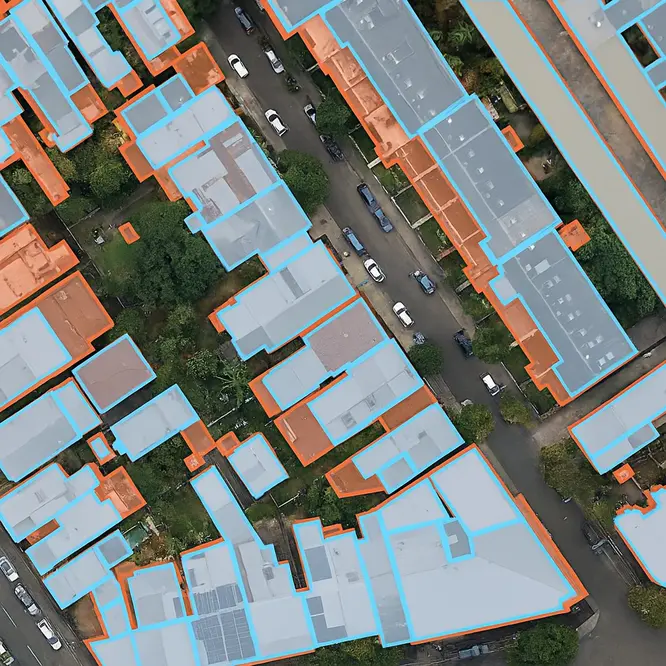
Why is annotating images or photos important in AI?
In a world where the applications of Computer Vision are multiplying, the annotation of images is of paramount importance. Here are a few reasons that illustrate its critical role in AI development cycles:
Training machine learning models
Deep learning algorithms require annotated data sets to practice recognizing patterns in an image and performing specific tasks. High-quality labeled data is essential for training computer vision models, as the process of image annotation provides the necessary data for these tasks. Both manual and automated methods are used to train computer vision models, but human input remains crucial for ensuring annotation accuracy and model performance. Without accurate annotations, these models would be unable to achieve high levels of performance.
In-depth understanding of images
By annotating images, data scientists like Data Labelers provide contextual information that allows AI systems to better capture the visual content of an image. This deep understanding is critical for applications such as autonomous driving, safety monitoring, or medical analytics.
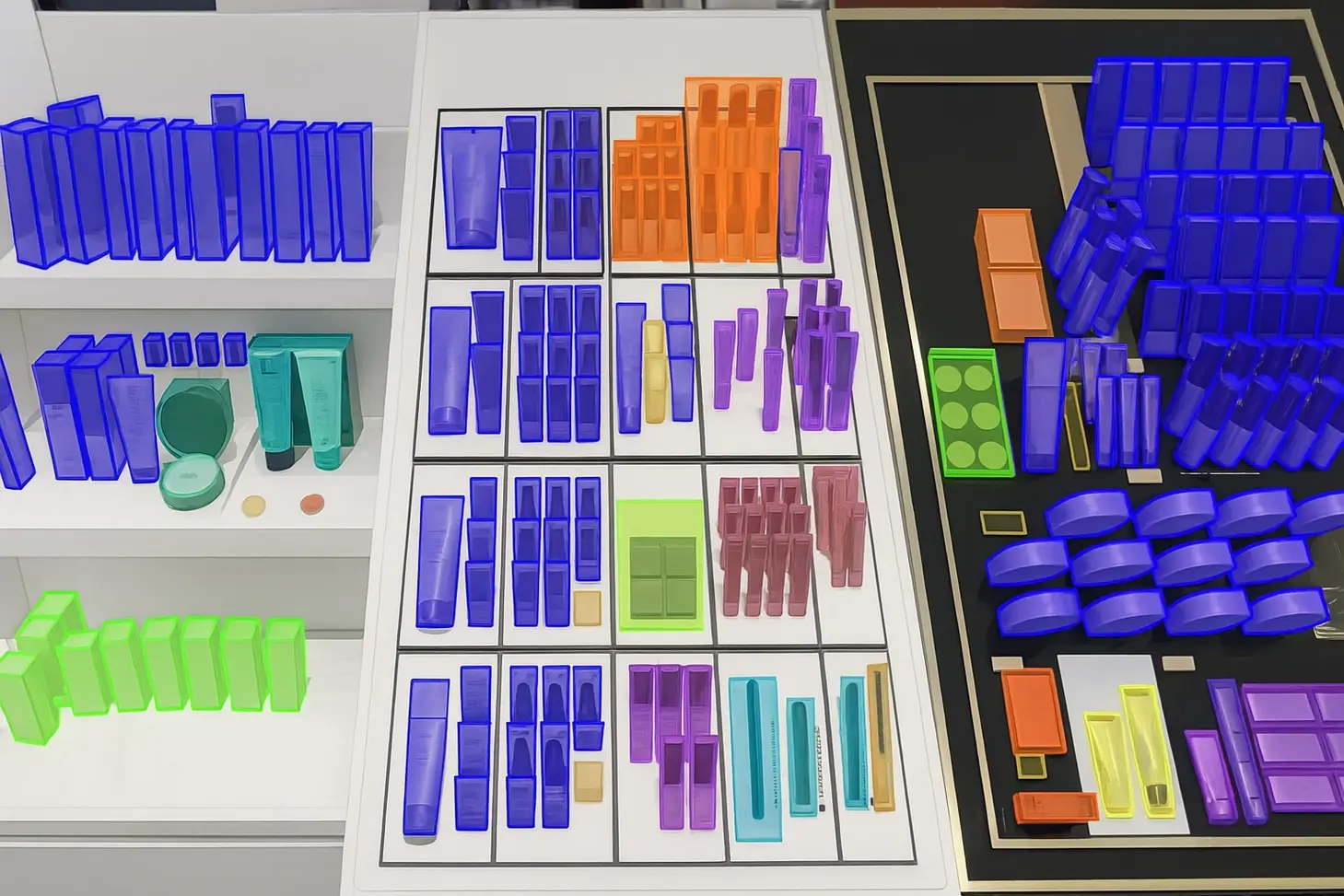
Process automation
Many businesses will annotate images to automate tasks that were once manual, such as product sorting, quality control, or inventory management. This automation increases operational efficiency and reduces costs.
Accessibility for people with disabilities
Image annotation makes it possible to generate detailed text descriptions, thus offering improved access to visual content for people who are visually impaired or blind. It is often forgotten, but these artificial intelligence techniques contribute greatly to digital accessibility!
Different types of image annotation
Depending on the goals and requirements of the projects, different image annotation techniques can be used. Each annotation type, such as bounding boxes, semantic segmentation, and polyline annotation, provides different levels of detail and accuracy for various computer vision applications. Using an efficient annotation editor can streamline the process and improve the quality of annotations, especially when dealing with complex tasks that require precise and detailed labeling. Here is a list of some of the most common approaches:
Image classification
Image classification consists in assigning a global label to the entire image, describing its main content, as opposed to annotation methods that label specific objects or regions. This method is particularly useful when there is no need to precisely locate objects or regions of interest. For example, classifying an image as “landscape” or “pet animal.”
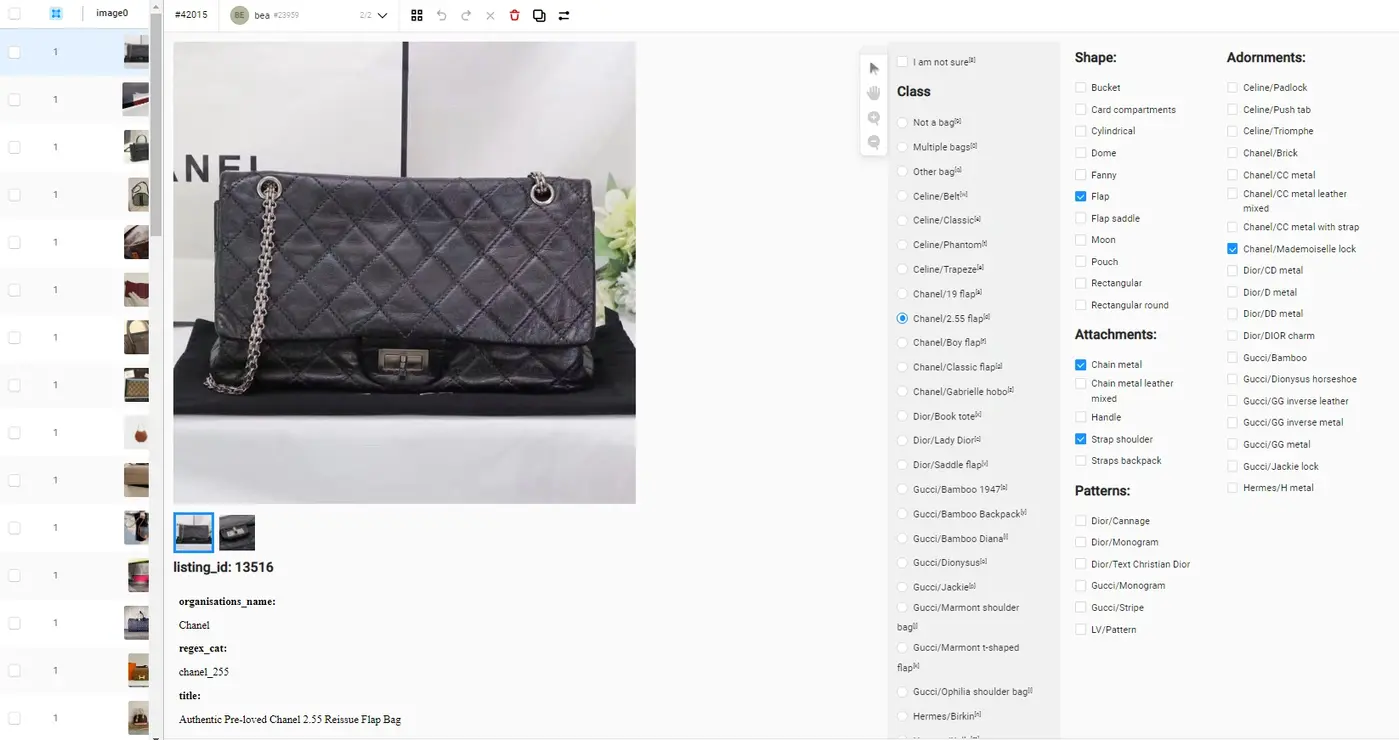
Object detection
Object detection involves identifying and locating objects in an image or photo by drawing bounding boxes around them. Bounding boxes and key points are used to precisely identify and analyze the target object within an image. Object detection tasks involve training models to identify and localize objects, making them fundamental detection tasks for applications such as traffic sign recognition, traffic monitoring, or fault detection in production lines, among other use cases!
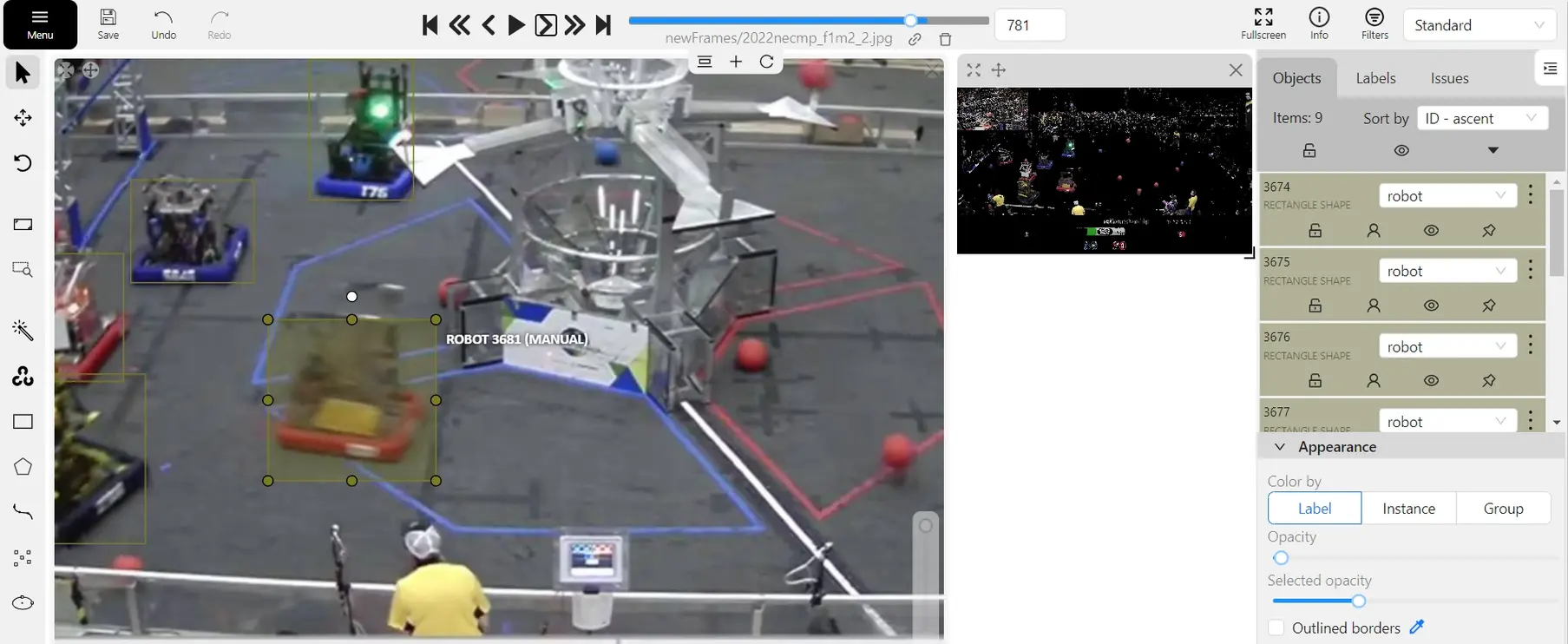
Image segmentation
Image segmentation consists of dividing an image into distinct regions, each associated with a specific label. Annotators can drag their mouse to generate rectangular boxes. By dragging their cursor, Data Labelers adjust and highlight important areas of the photo, improving segmentation accuracy.
They can also personalize and highlight a photo to improve segmentation accuracy. This approach allows a finer understanding of visual content by the AI model, by precisely delineating the contours of objects or areas of interest. Instance segmentation is an advanced form of segmentation that not only identifies object categories but also differentiates between different instances of the same object within an image, providing higher annotation accuracy. Panoptic segmentation combines semantic and instance segmentation to label every pixel with both a class and an individual instance, offering a unified approach to scene understanding. Image segmentation is often used in fields such as medical imaging, scene analysis, or facial recognition.
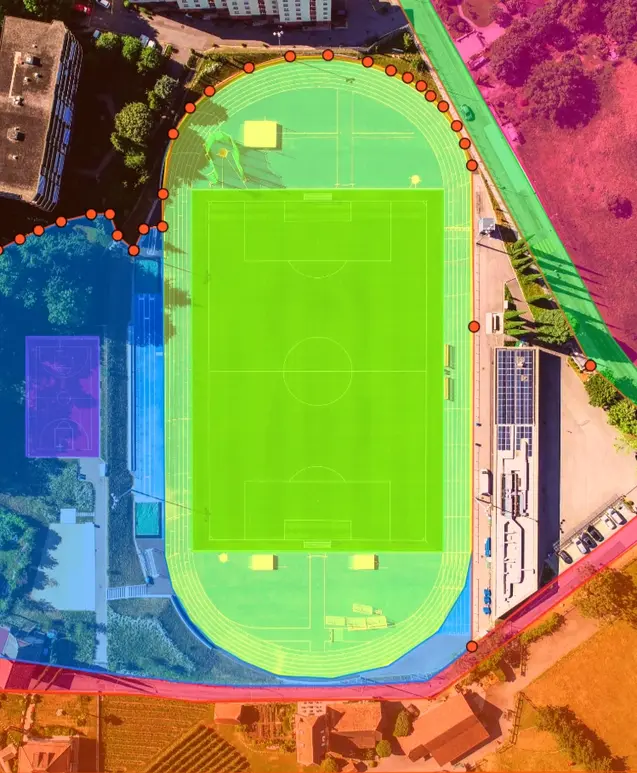
Object tracking
Object tracking involves tracking the movement and position of a specific object through a sequence of images or, more commonly, video data, where objects are tracked across frames. This technique is particularly useful for behavior analysis, traffic monitoring or activity recognition.
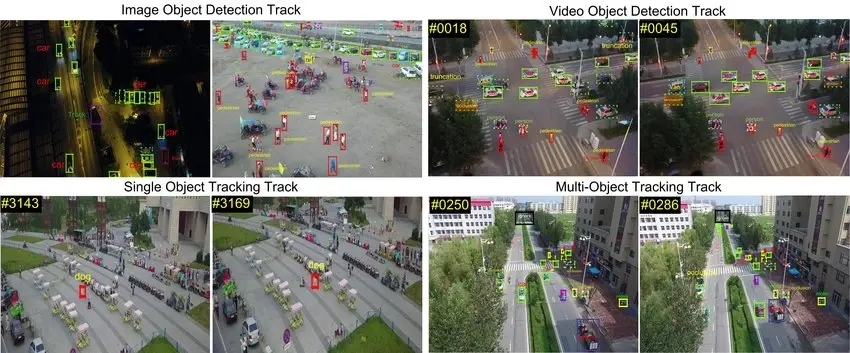
Image Data
Image data forms the backbone of modern computer vision projects, serving as the essential input for training powerful machine learning models. In the realm of computer vision, the process of labeling images—also known as image annotation—transforms raw image data into actionable, structured information that machine learning models can interpret and learn from. By carefully annotating images to identify specific objects, environments, or events, data scientists create annotated data that enables computer vision models to recognize patterns, detect objects, and make accurate predictions.
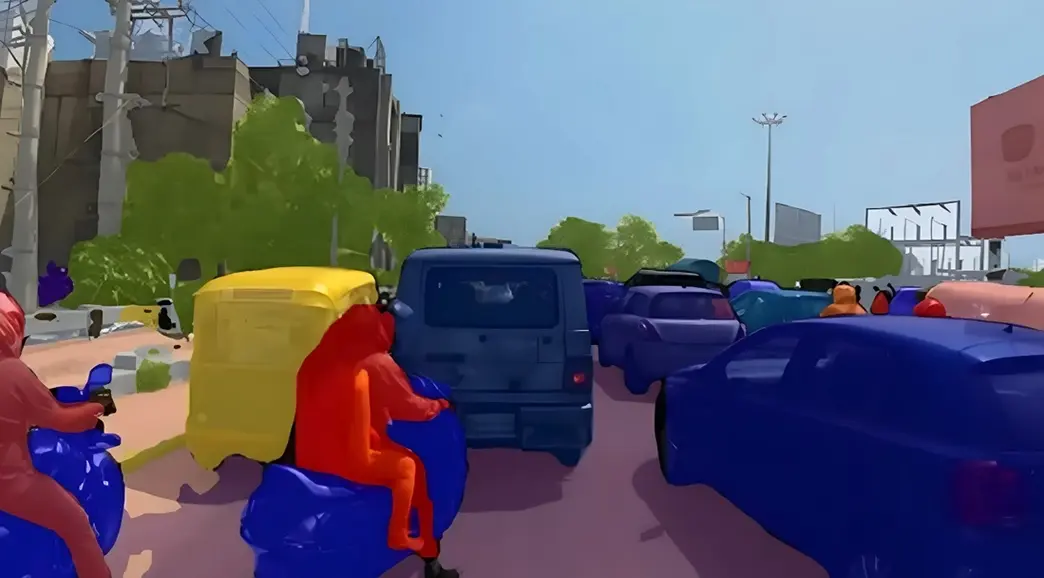
The quality of image data is a critical factor in the success of any computer vision project. High-quality, diverse, and representative image data ensures that machine learning models are exposed to a wide range of scenarios, improving their ability to generalize and perform well in real-world applications. Poor-quality or biased image data can lead to inaccurate models and unreliable results, underscoring the importance of rigorous data collection and annotation practices.
There are several ways to obtain quality image data for training computer vision models. Open datasets, such as those available from academic institutions or public repositories, provide a valuable resource for building robust machine learning models. Additionally, organizations may generate their own annotated data by labeling images in-house or by scraping web data to gather large volumes of images for annotation. Regardless of the source, the process of labeling images—identifying and marking specific objects or features within each image—is essential for creating the structured data needed to train effective computer vision models.
Ultimately, the combination of high-quality image data and precise annotation is what empowers machine learning models to excel at complex computer vision tasks, from object detection to image classification and beyond. As the field of computer vision continues to evolve, the demand for well-annotated, diverse image data will only grow, driving innovation and enabling new applications across industries.
Image Annotation tools
Selecting the right image annotation tool is a key step in any successful image annotation project. These specialized software applications are designed to help you efficiently label and annotate images, providing the structured data needed to train robust machine learning models. Modern annotation tools offer a variety of features, including bounding box annotation for object detection, polygon annotation for outlining irregular shapes, and semantic segmentation for pixel-level labeling of images.
Popular annotation tools such as Labelbox, Hasty.ai, and CVAT are widely used in the industry, each offering unique capabilities to support different types of image annotation tasks. For example, if your project involves object detection and requires labeling multiple objects within a single image, you’ll want an annotation tool that supports easy creation and management of bounding boxes and box annotations. For more advanced needs, such as annotating complex shapes or performing semantic segmentation, tools with robust polygon annotation and segmentation features are essential.
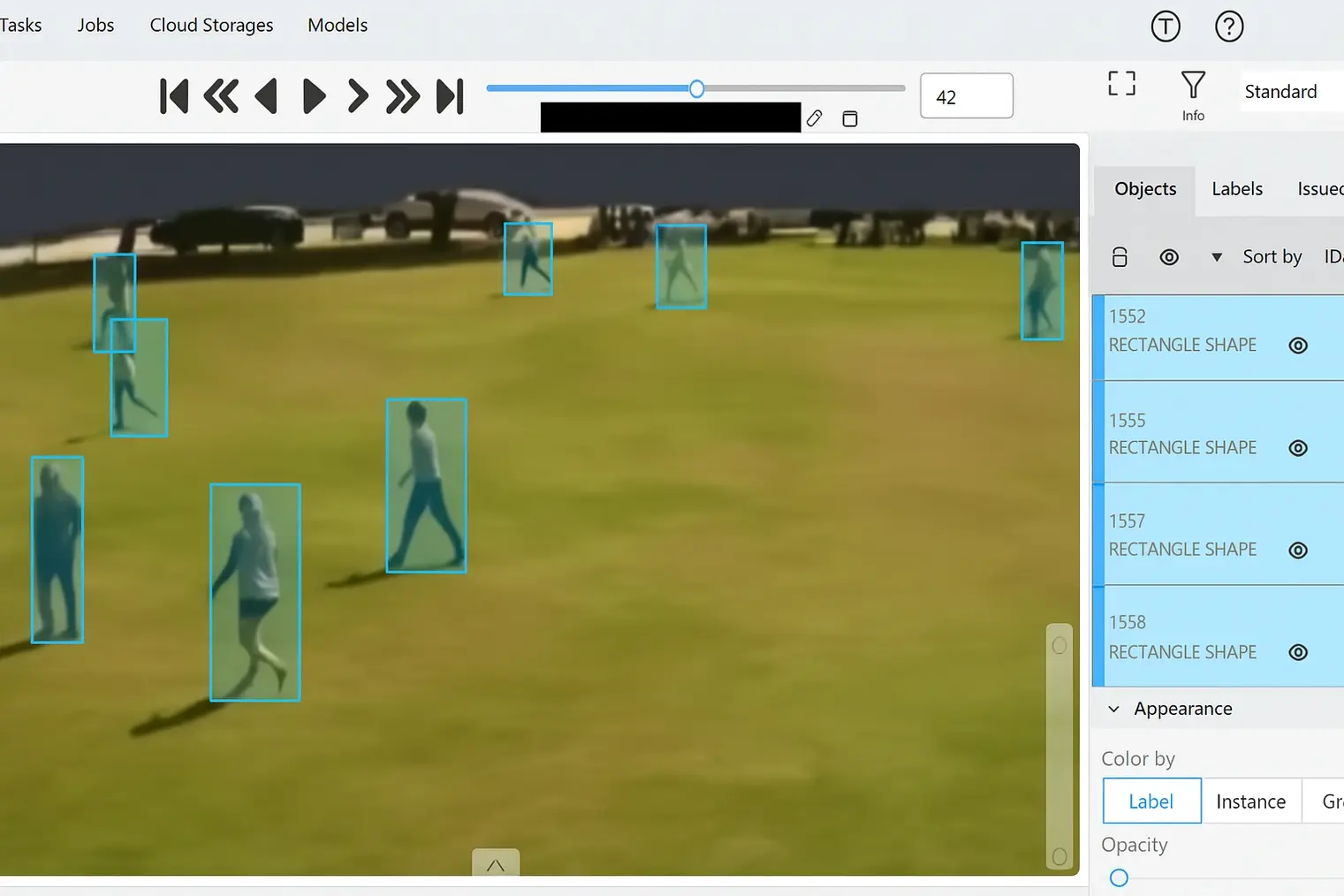
When choosing an annotation tool, consider factors like ease of use, scalability for large datasets, and compatibility with your workflow. A user-friendly interface can significantly speed up the annotation process, while support for various annotation types ensures your tool can adapt to the evolving needs of your image annotation projects. Ultimately, the right annotation tool will help you annotate images accurately and efficiently, laying the foundation for high-performing machine learning models.
Image annotation process
The image annotation process includes several key steps to ensure high-quality results. Image annotation work involves careful planning, selecting the right tools, and precise execution to create high-quality labeled data for machine learning applications. Here is an overview of the main steps:
Defining the objectives
Before you start annotating, it is essential to clearly define the goals of the project. What information should be extracted from the images? What are the quality criteria to be achieved? A precise understanding of the objectives will make it possible to choose the most appropriate annotation technique and to ensure the consistency of the annotations.
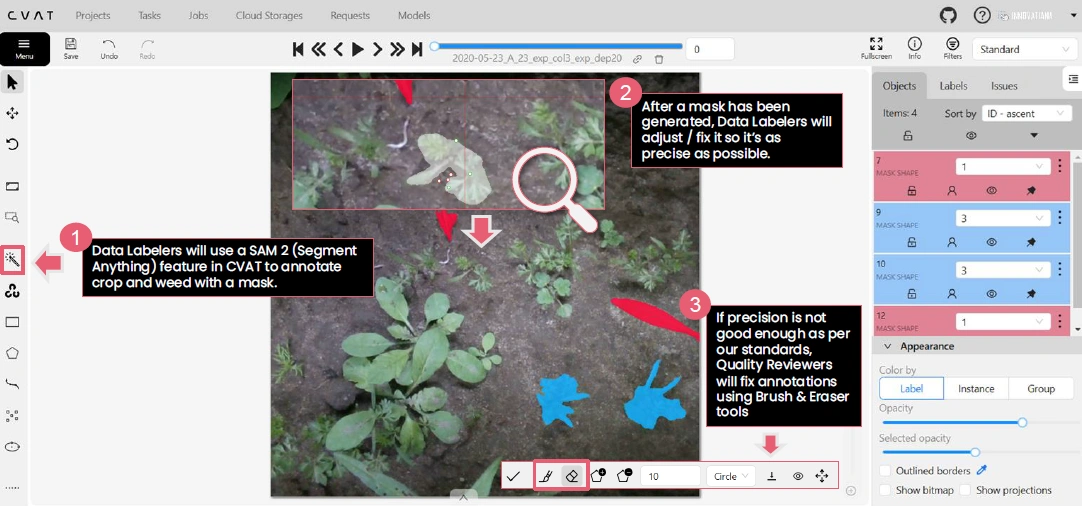
Data collection
The quality of training data is critical to the success of machine learning models. It is therefore important to collect a representative, high-quality image data set that covers a variety of scenarios and conditions.
Scraping web data and extracting web data from online sources can efficiently gather large volumes of raw images for annotation, but legal and quality considerations must be addressed. Additionally, medical scans are a valuable source of high-quality, specialized image data for annotation in healthcare applications.
Annotator training
Annotators or Data Labelers play a key role in the annotation process. They should be trained in annotation techniques, the tools used, and project-specific guidelines. Extensive training prior to projects guarantees the consistency and precision of the annotations.
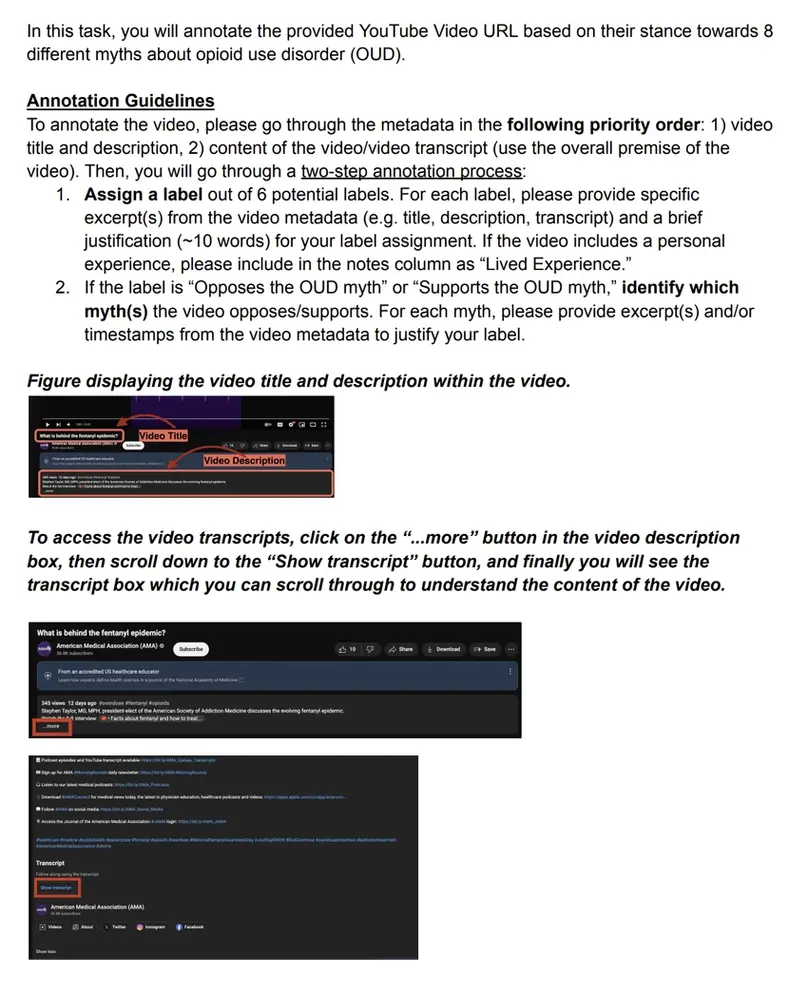
Annotating images
Once the annotators are trained, the annotation process can begin. Annotators use appropriate tools to add required comments and information to images in accordance with established guidelines.
An example of application is Polyline annotation, which is used to mark boundaries or paths within images, such as road lanes or rail tracks, which is essential for applications like autonomous driving. For example, annotating rail tracks using polyline annotation helps train AI models for mapping and vehicle perception in urban environments. Another example: the image below illustrates how annotation tools are used to label multiple objects and surfaces in urban environments—a key task in training AI models for autonomous driving and similar urban applications. In this example, lanes, vehicles, pedestrians, and road surfaces are annotated using a combination of segmentation and bounding boxes, while polyline annotation can also be applied to mark road boundaries or rail tracks to enhance spatial awareness and perception models.
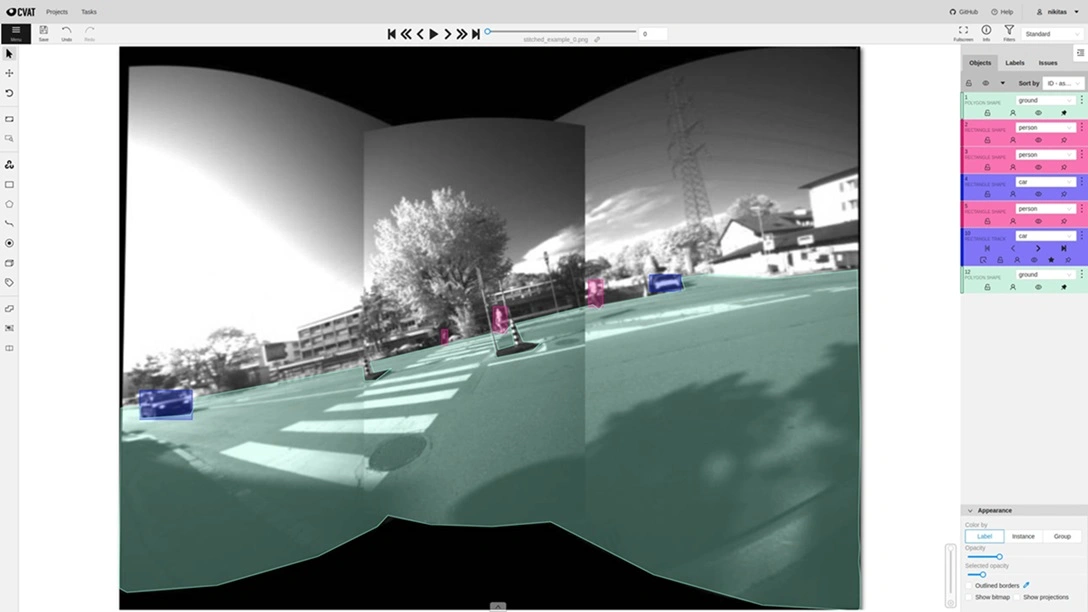
Additionally, key points are used to annotate specific features, such as facial landmarks like eyes, nose, and mouth, enabling precise analysis for facial recognition, emotion detection, and biometric applications.
Quality assurance
To ensure the quality of annotated data, a quality assurance process should be put in place. This may involve manual review of annotations by experts, use of Benchmarks or consensus between several annotators, as well as the correction of detected errors.
File export and data integration
Once the images have been annotated, the data should be exported to a file format compatible with machine learning systems. Exporting datasets in COCO format ensures compatibility with popular deep learning frameworks and makes it easy to train neural networks directly on the annotated data. This format allows for training a neural network directly on the annotated dataset, streamlining the workflow for deep learning applications. It is also possible to export annotated photos in various formats for smooth integration into pipelines model training.
For example, you can customize an annotated image or photo by adjusting the brightness and contrast to better highlight the annotations before exporting. This step may involve data transformations, cleaning, or standardization to ensure smooth integration into pipelines model training.
Applications of Image Annotation
Image annotation is at the heart of many cutting-edge applications across diverse industries, powering the next generation of computer vision solutions. In the field of computer vision, annotated images are used to train models for object detection, image classification, and semantic segmentation—enabling systems to recognize, categorize, and understand the content of images with remarkable accuracy.
One of the most prominent applications is in autonomous vehicles, where image annotation is essential for training self-driving cars to detect and respond to objects such as pedestrians, traffic signs, and other vehicles. Accurate object detection and semantic segmentation allow these vehicles to navigate safely and make real-time decisions on the road.
In healthcare, medical image annotation plays a vital role in supporting disease diagnosis and treatment planning. By labeling specific features in medical images like X-rays, MRIs, or CT scans, machine learning models can be trained to identify abnormalities, assist radiologists, and improve patient outcomes.

Satellite imagery analysis is another area where image annotation proves invaluable. Annotated satellite images are used for land use classification, crop monitoring, and disaster response, helping organizations gain actionable insights from vast amounts of visual data. Image annotation and AI technology can also help detect agricultural issues such as nutrient deficiencies, water shortages, and pest problems in the early stages, enabling timely interventions for better crop management.

There are plenty of applications: from facial recognition to industrial inspection, the applications of image annotation continue to expand, driving innovation in computer vision, machine learning, and beyond.
Challenges and Considerations
While image annotation is a necessary step in the software development of Computer Vision solutions, it also presents several challenges:
Cost and time
Annotating an image manually can be a time-consuming and expensive task, especially when large data sets are involved. Optimization strategies, such as partial automation or the use of experienced annotators, can help reduce these costs.
Consistency and precision
Maintaining the consistency and accuracy of annotations is critical to ensuring optimal performance of machine learning models. It's also important to highlight something interesting in an image to ensure accurate annotations. Clear guidelines, extensive training, and rigorous quality assurance processes are required to achieve this goal.
Scalability
As Computer Vision projects get more complex, the ability to effectively annotate large sets of databases becomes more and more important. Scalable and efficient annotation tools, optimized processes, and adequate resources are required to meet this major challenge.
Data privacy and security
When annotating sensitive images, such as medical data or personal information, it is essential to have appropriate security and confidentiality measures in place to protect the privacy of the individuals concerned.
Best Practices for Image Annotation
Achieving high-quality image annotations is essential for building reliable machine learning models, and following best practices throughout your image annotation project can make all the difference. Start by establishing clear, detailed guidelines for annotators, specifying how to label specific objects, address ambiguous cases, and ensure consistency across the dataset. Well-defined standards help reduce errors and improve the overall quality of your annotations.
Next, invest in comprehensive training for your annotation team. Make sure annotators are familiar with the annotation tool, understand the project requirements, and are comfortable with the annotation process. This foundation is key to producing accurate and consistent image annotations.
Implementing robust quality control measures is another critical step. Regularly review and validate annotations, either through expert checks or consensus among multiple annotators, to catch and correct mistakes early. Leveraging active learning techniques, such as model assisted labeling, can further streamline the annotation process by allowing machine learning models to suggest labels for human review, saving time and resources.
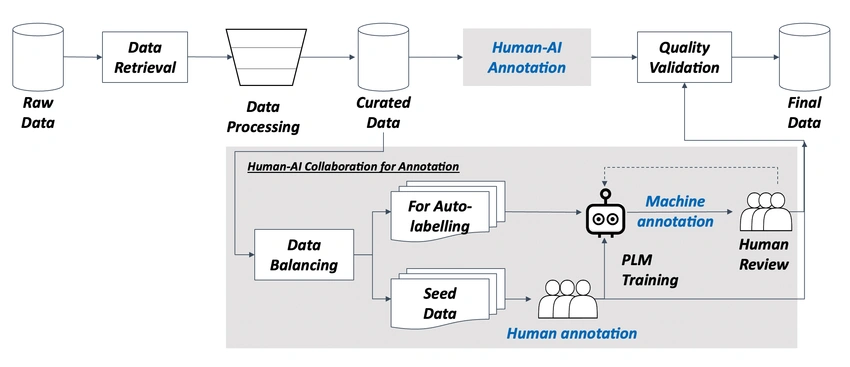
Finally, consider using transfer learning and pre-trained models to reduce the amount of manual labeling required, especially when working with large datasets or rare objects. By following these best practices, you can ensure your image annotation project delivers high-quality, reliable annotations that support the development of accurate and effective machine learning models.
Future trends and perspectives
Image annotation is a field in constant evolution, benefiting from technological advances and new innovative approaches. The use of other materials, such as pre-labeled datasets, annotation instructions, and automation tools, is becoming increasingly important for efficient image annotation workflows. Below are some future trends and perspectives to watch out for:
Future trends also include the use of image annotation for pattern analysis in industries like insurance, where it can help detect fraud and improve risk management by identifying irregular customer behaviors.
AI-accelerated annotation
Machine learning and artificial intelligence techniques are increasingly being used to speed up and improve the annotation process. Pre-trained models can be used to generate initial annotations, characteristics that are then refined and corrected by human annotators.
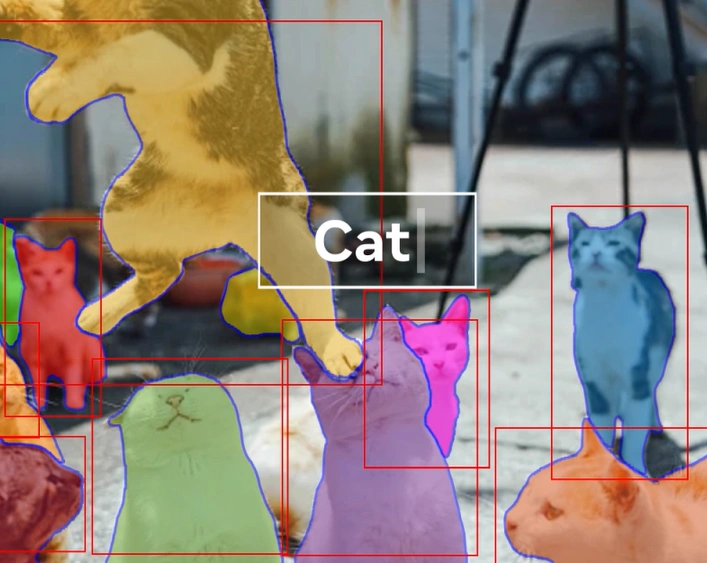
Crowdsourced annotation
Crowdsourcing, or crowdsourcing, is an approach that is gaining in popularity for annotating large data sets. By using a large number of online contributors, it is possible to speed up the annotation process while reducing costs. However, pay attention to the ethical aspects of this approach: do you really know who is preparing your data, and under what conditions? It is sometimes assumed that using crowdsourcing is more expensive than a specialized service provider: this is of course wrong! Do not hesitate to contact us for get a quote and compare, to see for yourself.
Continuous annotation
In some cases, image annotation is not a one-time process, but rather an ongoing effort. Machine learning models are constantly fed with new annotated data, allowing for continuous performance improvements.
Multimodal annotation
More and more applications require the annotation of multimodal data, combining images, videos, text and other modalities. The use of photos in multimodal annotations allows for a richer understanding of content. Multimodal annotation tools are emerging to meet these needs, offering a richer and more comprehensive understanding of content.
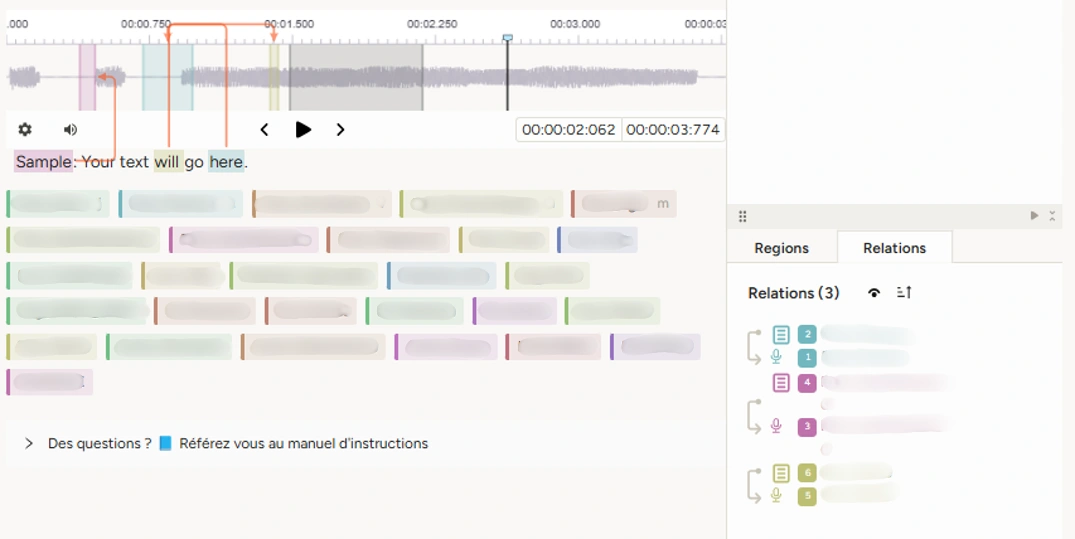
Normalization and standards
As image annotation grows in maturity, efforts are being made to standardize processes and data formats. Emerging standards will facilitate interoperability and collaboration between different industry players. Among other standardization challenges, we must also think about safety! New standards such as the NIST AI-600-1 are emerging and will gradually impose ethical and secure practices on the industry of Data Labeling.
In conclusion
In AI, annotating an image is a fundamental element in the development of efficient computer vision solutions. By providing structured information to machine learning systems, this allows for a thorough understanding of visual content and paves the way for groundbreaking applications in a variety of fields.
While the image annotation process presents challenges in terms of cost, time, and accuracy, constant technological advancements and innovative new approaches promise to facilitate and optimize this critical task. As computer vision applications multiply, image annotation will remain an essential pillar for fully exploiting the potential of artificial intelligence in visual data processing.

-hand-innv.png)



